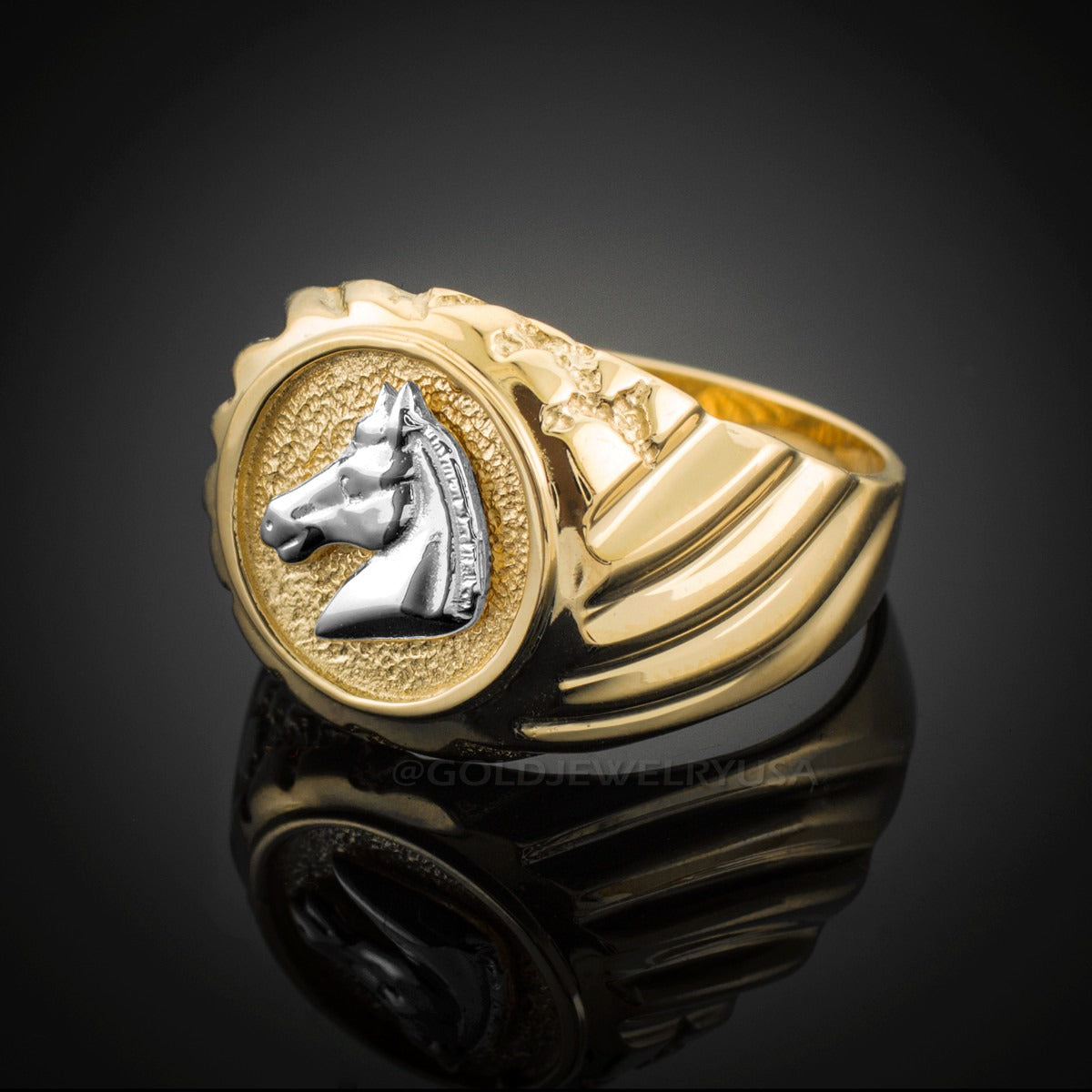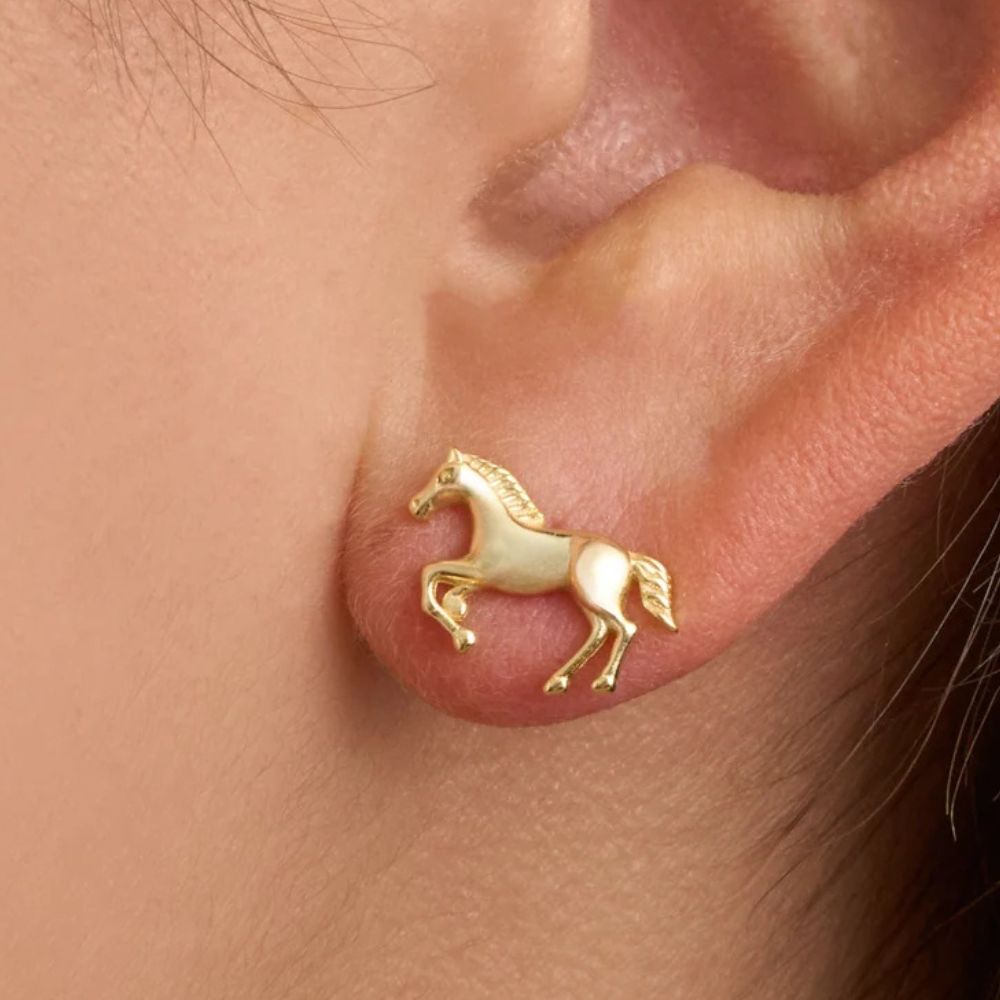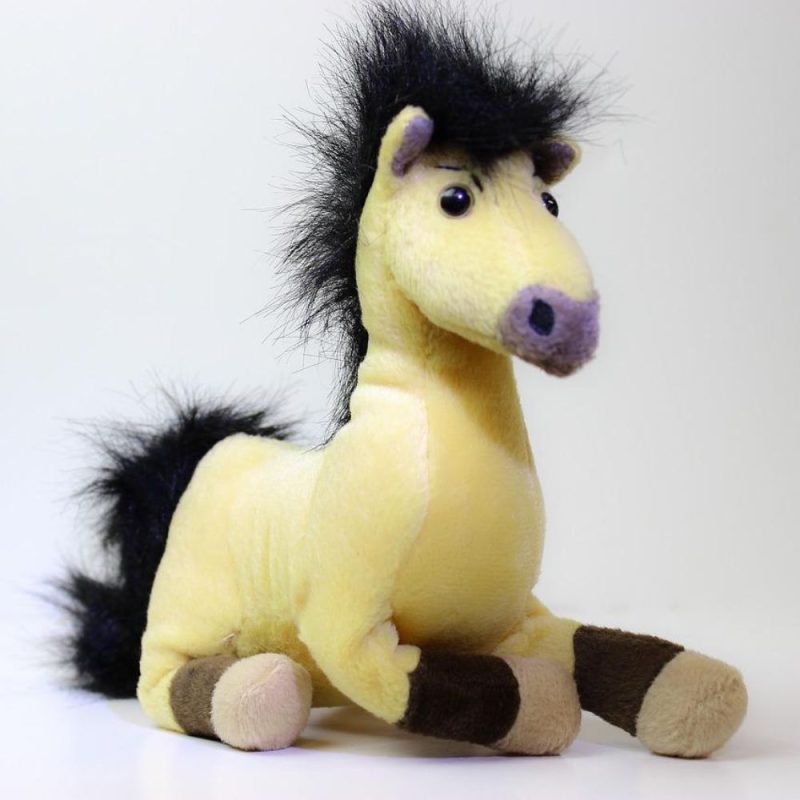
How Many Legs Does a Horse Have? The Surprising Truth
You’ve probably seen a horse galloping across a field, its powerful legs kicking up dust as it moves with effortless grace. But have you ever stopped to count how many legs it actually has? The answer might seem obvious at first glance—until you dig a little deeper. Let’s unravel the mystery behind one of the most basic yet fascinating questions about these magnificent creatures.
So, how many legs does a horse have? The straightforward answer is four. Every healthy horse is born with four legs—two in the front and two in the back. These limbs are essential for everything from running and jumping to simply standing upright. But here’s where things get interesting. Horses don’t just have legs; they have incredibly specialized limbs designed for speed, strength, and endurance. Each leg is a marvel of evolution, packed with tendons, muscles, and bones working in perfect harmony.
Yet, some people joke that horses have "five legs" because of their tail, but that’s just a playful myth. The truth is, a horse’s tail is entirely separate from its limbs. However, the question isn’t as silly as it sounds. It opens the door to exploring how a horse’s legs function, why they’re built the way they are, and what makes them so unique in the animal kingdom.
The Anatomy of a Horse’s Legs
A horse’s legs are a masterpiece of biological engineering. Unlike humans, horses are digitigrade animals, meaning they walk on the tips of their toes. This adaptation allows them to move swiftly and efficiently across various terrains. Let’s break down the structure of their limbs.
The Front Legs: Power and Precision
The front legs bear about 60% of a horse’s weight, making them critical for stability. They consist of:
- Shoulder: Connects the leg to the body, providing a wide range of motion.
- Cannon bone: A dense, strong bone that absorbs shock.
- Fetlock: Acts like a hinge, allowing flexibility.
- Hoof: The hard, protective covering that supports the entire limb.
The Hind Legs: Speed and Propulsion
The hind legs are the horse’s engine, generating the thrust needed for galloping. Key components include:
- Hock: Comparable to a human ankle, it’s a complex joint that stores and releases energy.
- Gaskin: A muscular area that provides explosive power.
- Stifle: Functions like a knee, allowing backward and forward movement.
Common Myths About Horse Legs
Over the years, several myths have sprung up about horses and their limbs. Let’s debunk a few.
Myth 1: Horses Have a Fifth Leg
As mentioned earlier, some joke about a "fifth leg" referring to the tail. But in reality, the tail is just an extension of the spine and plays no role in locomotion.
Myth 2: Horses Can’t Survive a Broken Leg
While it’s true that leg injuries are serious for horses, advancements in veterinary care have improved recovery rates. Still, prevention is key—regular hoof care and proper footing can reduce risks.
Why Horse Legs Are So Resilient
Horses are built for endurance. Their legs can withstand tremendous force, thanks to:
- Shock-absorbing tendons: These act like springs, reducing stress on bones.
- Minimal muscle in lower legs: Less weight means more efficiency.
- Hard hooves: Natural armor against rough terrain.
Fun Facts About Horse Legs
Did you know?
- A horse’s leg bones are proportionally similar to a human finger.
- They can lock their knees to sleep standing up.
- The fastest recorded speed of a horse is 55 mph—thanks to those powerful legs!
Understanding a horse’s legs isn’t just about counting them; it’s about appreciating the incredible design that lets these animals thrive. Whether you’re a rider, a fan, or just curious, knowing how their limbs work deepens your connection to these majestic creatures.
Next time you watch a horse run, take a moment to admire the sheer brilliance of those four legs in motion. They’re not just limbs—they’re a testament to nature’s ingenuity. And who knows? Maybe you’ll see them in a whole new light. 🐴





















